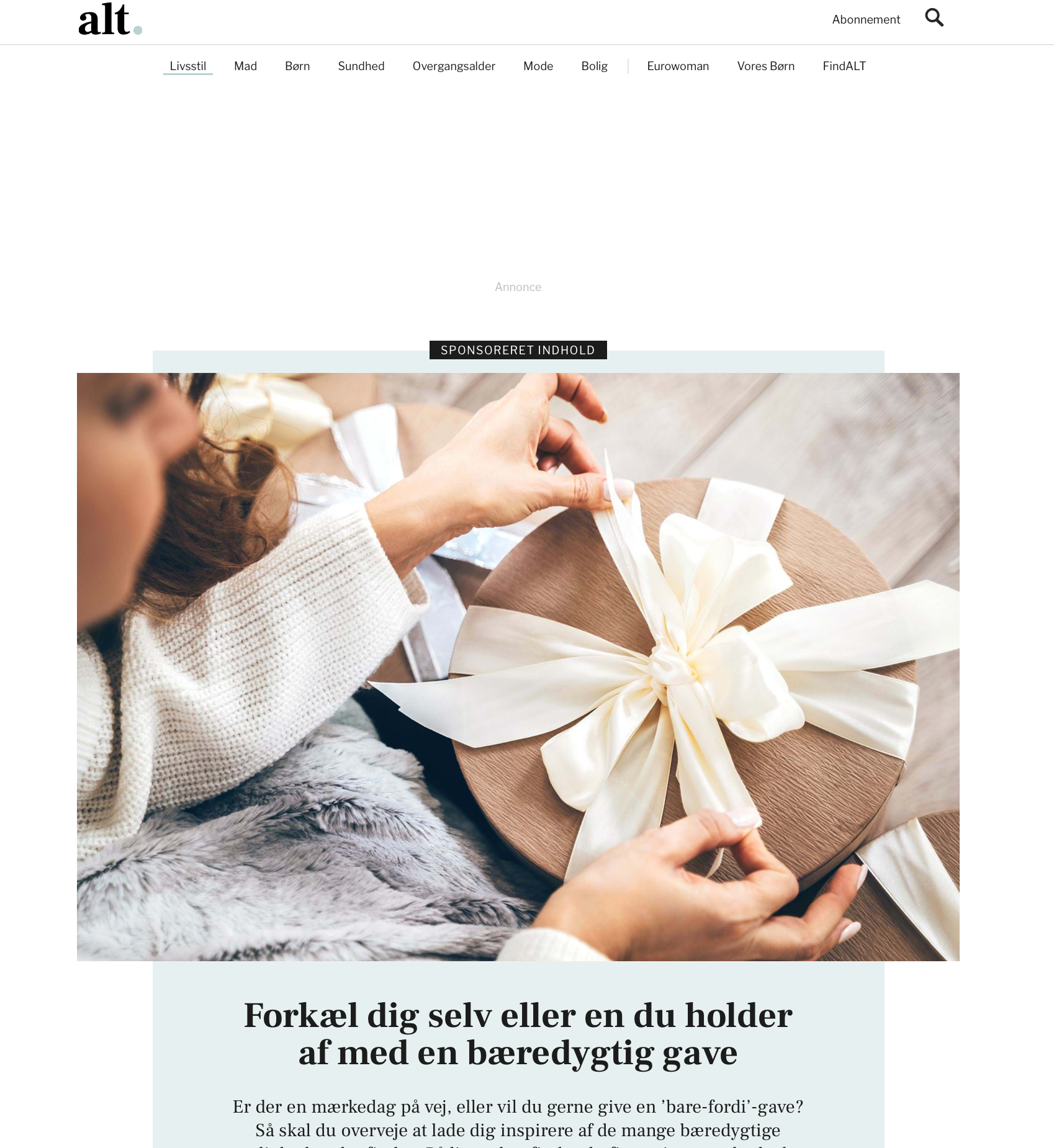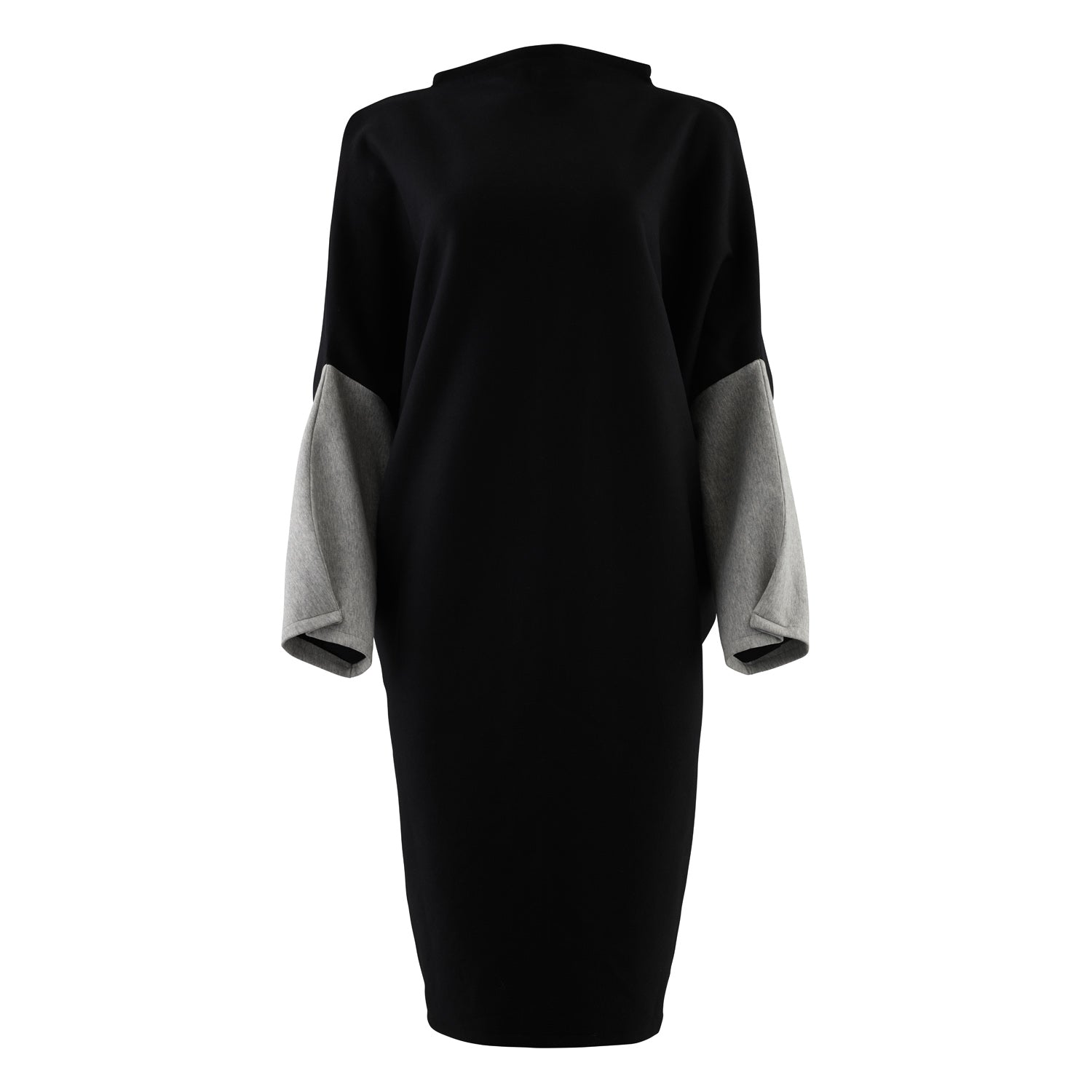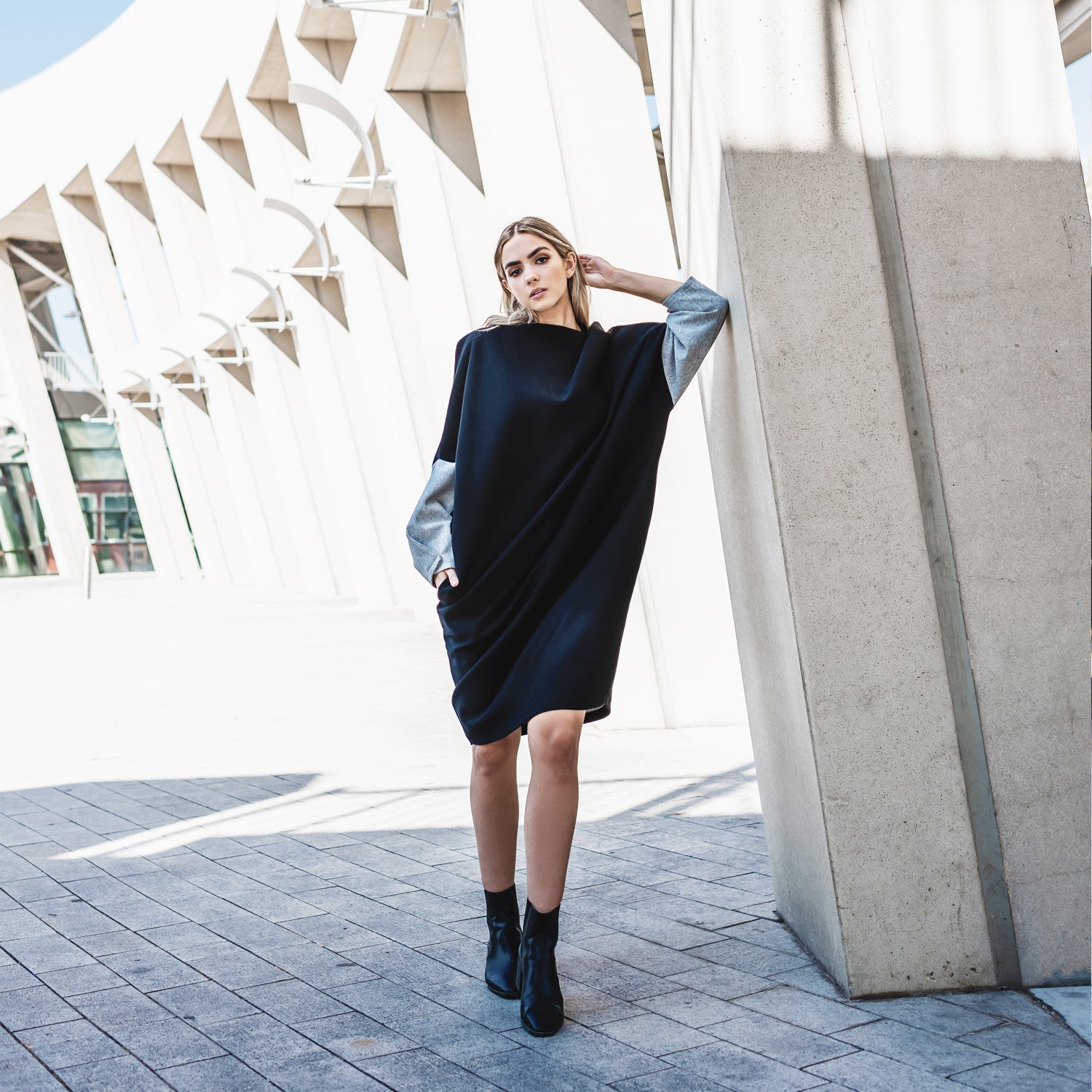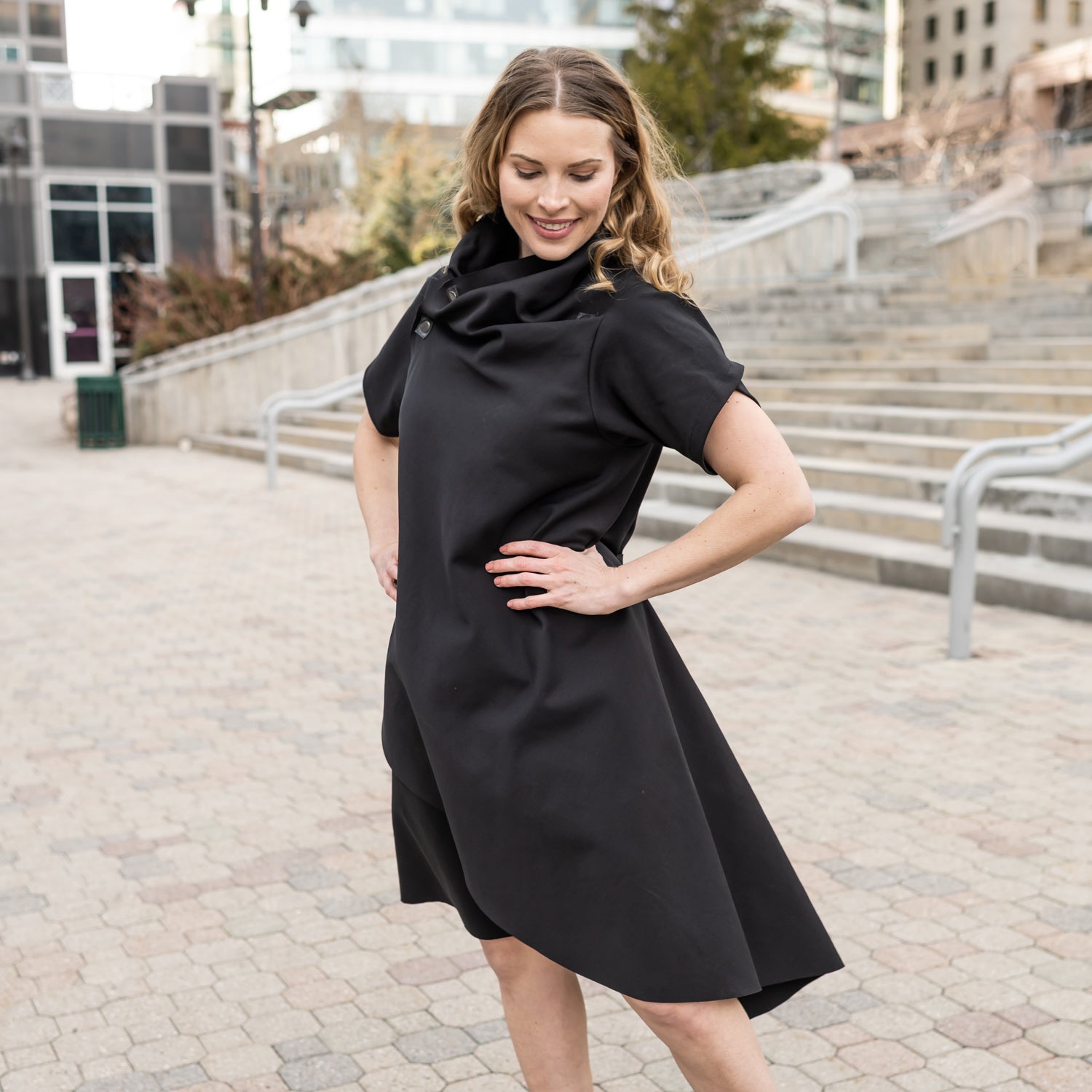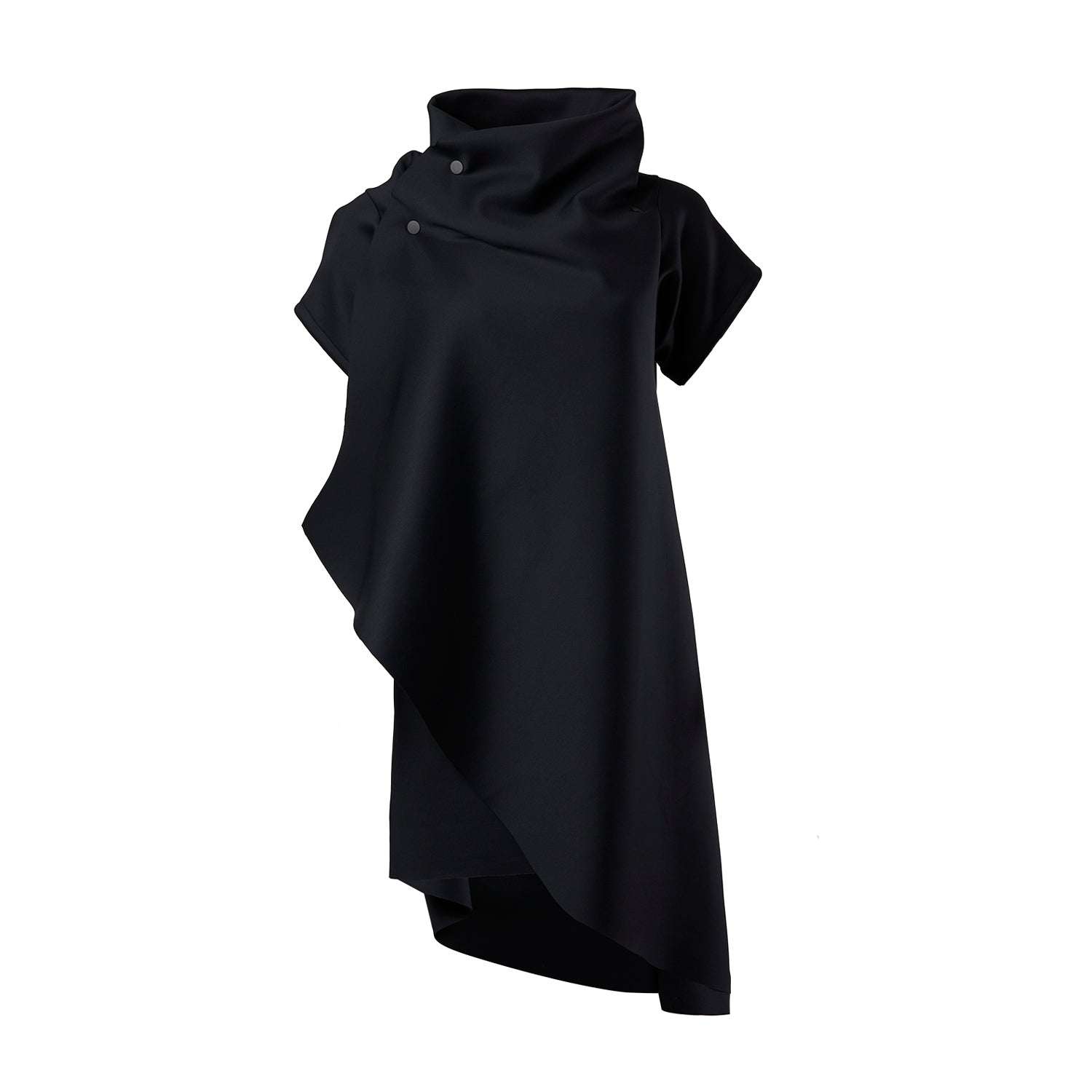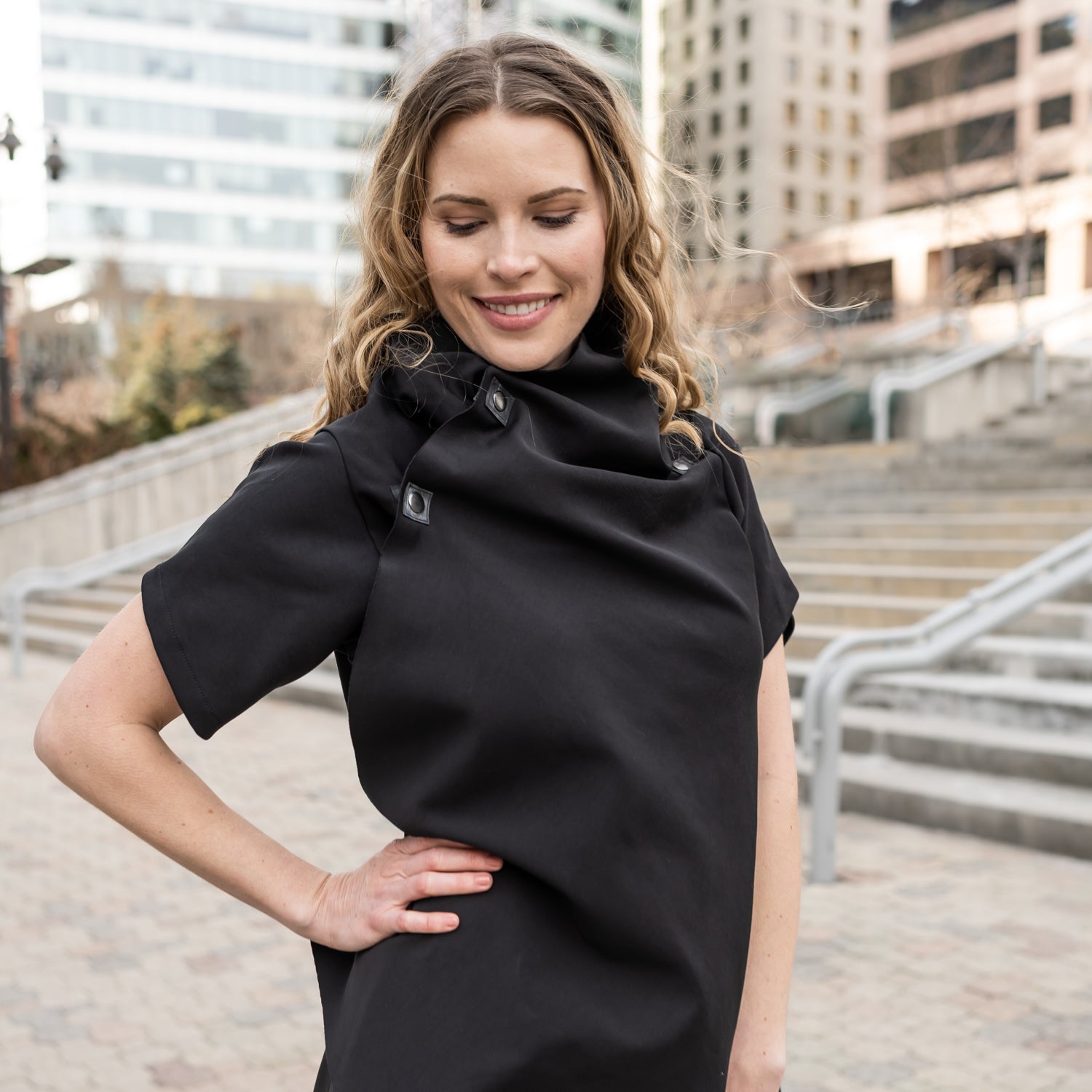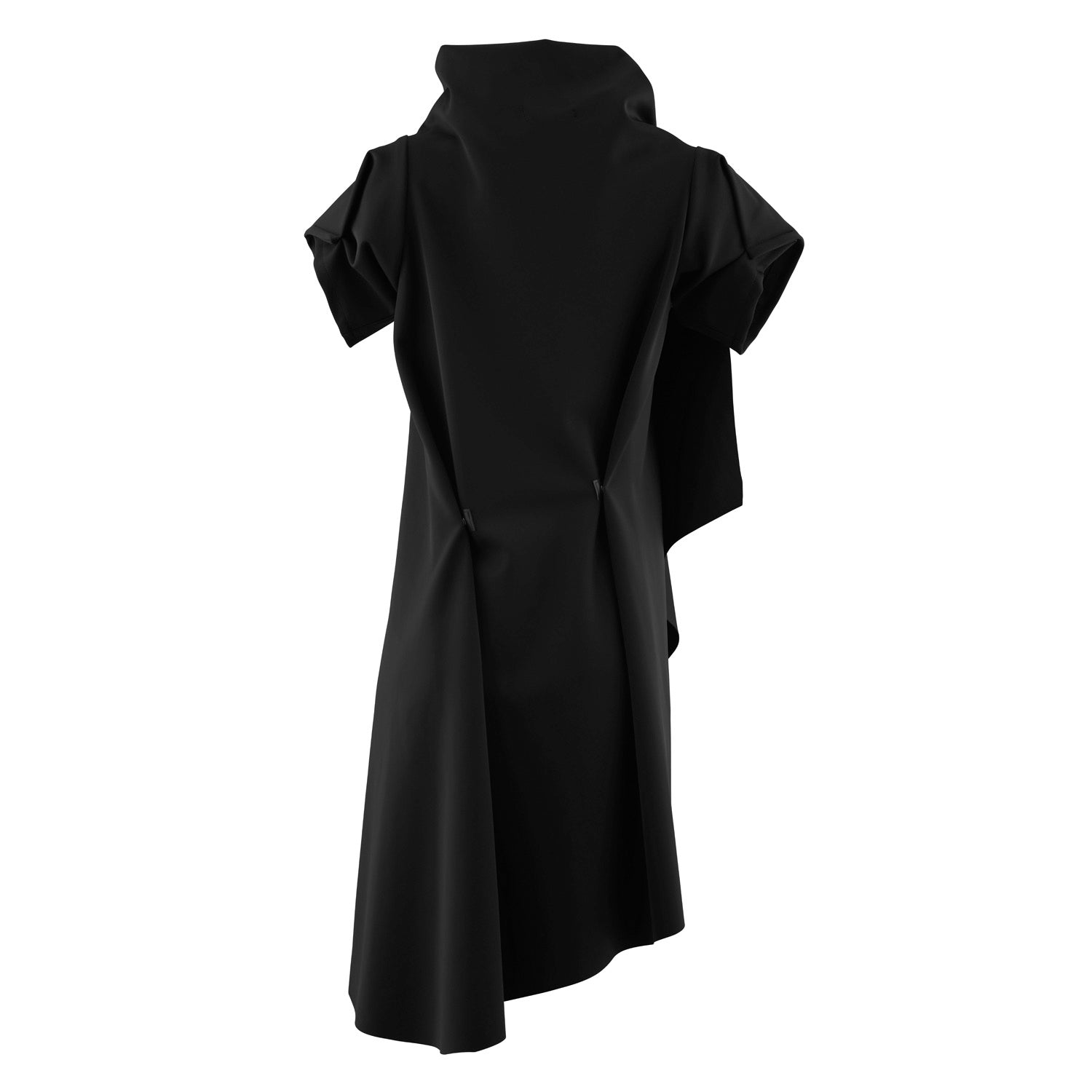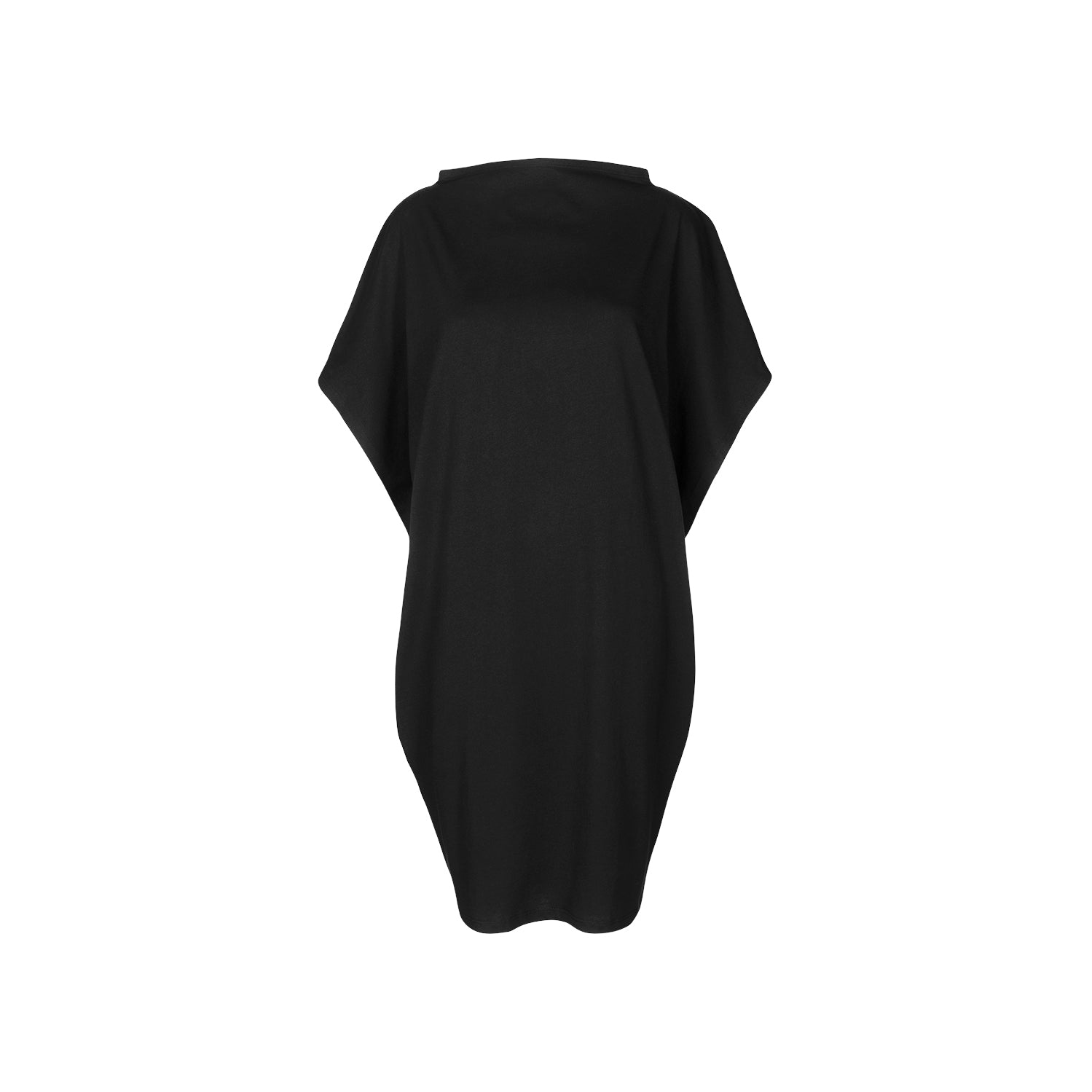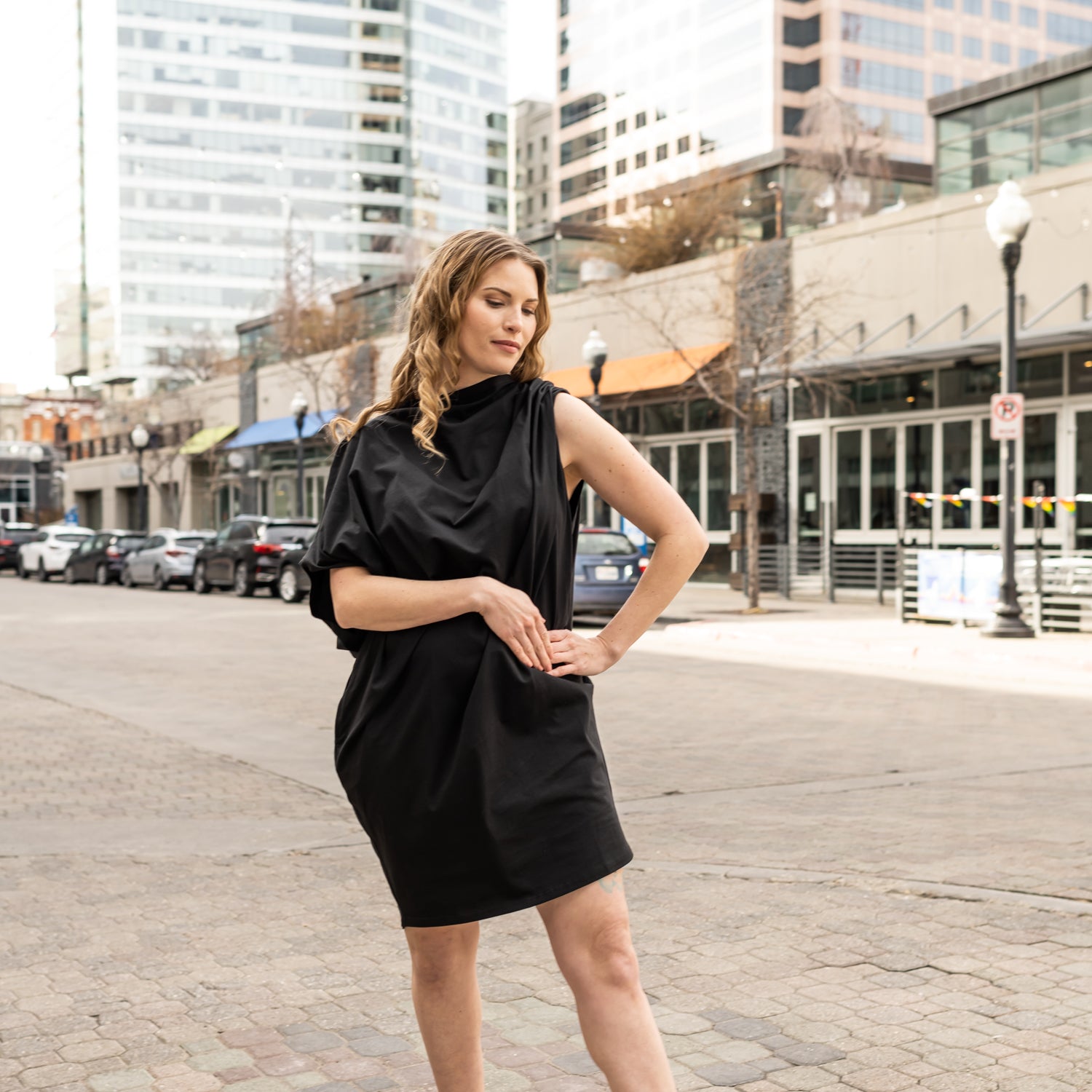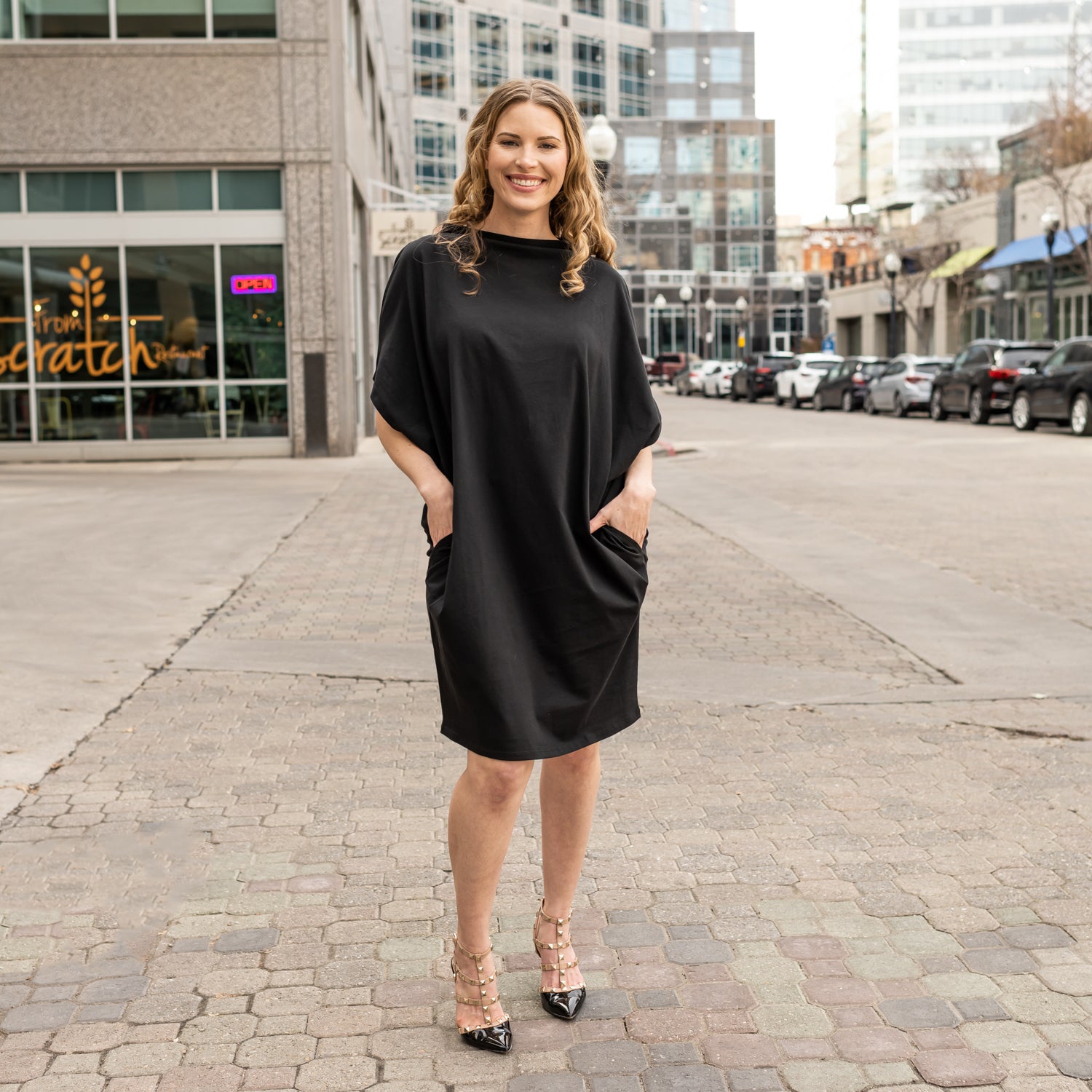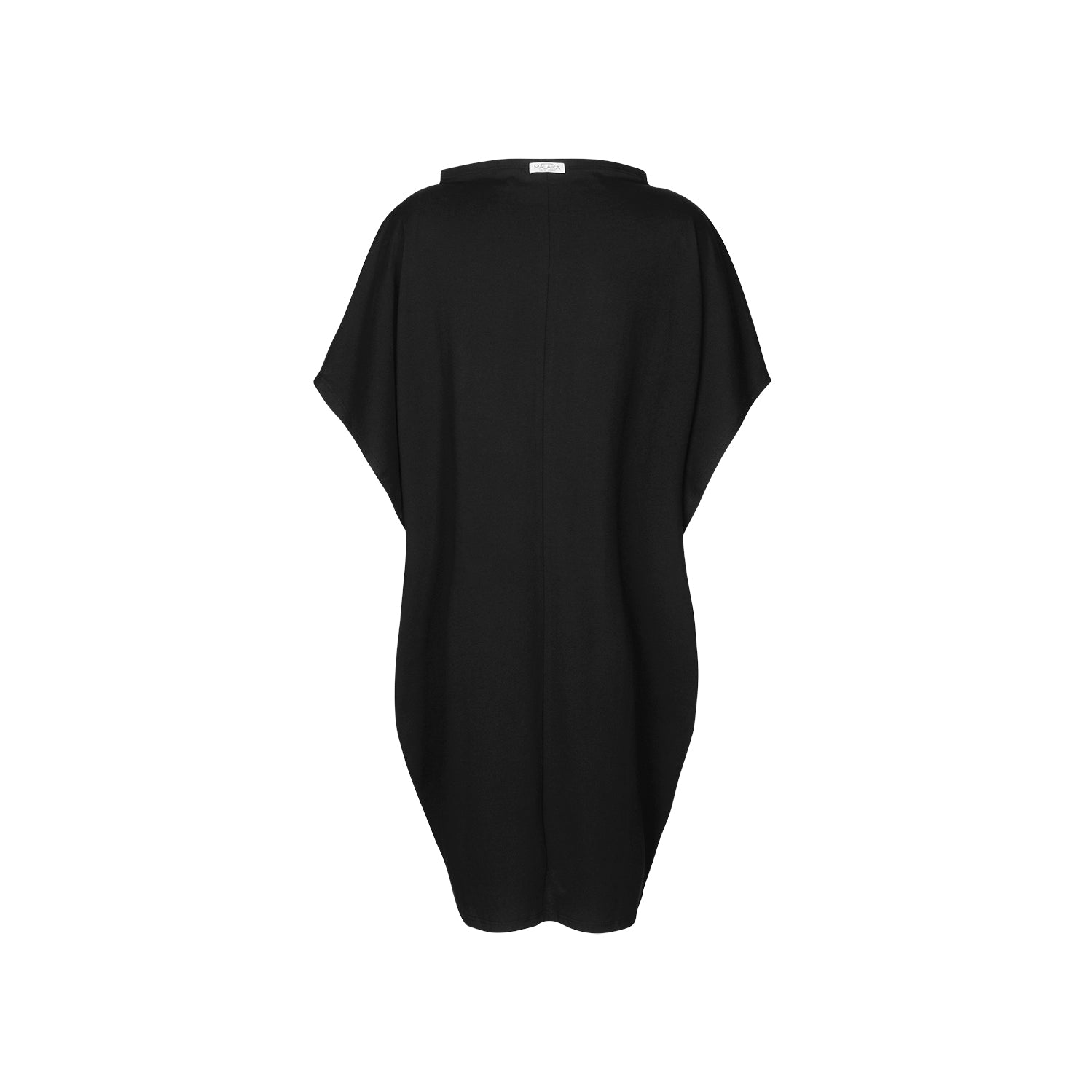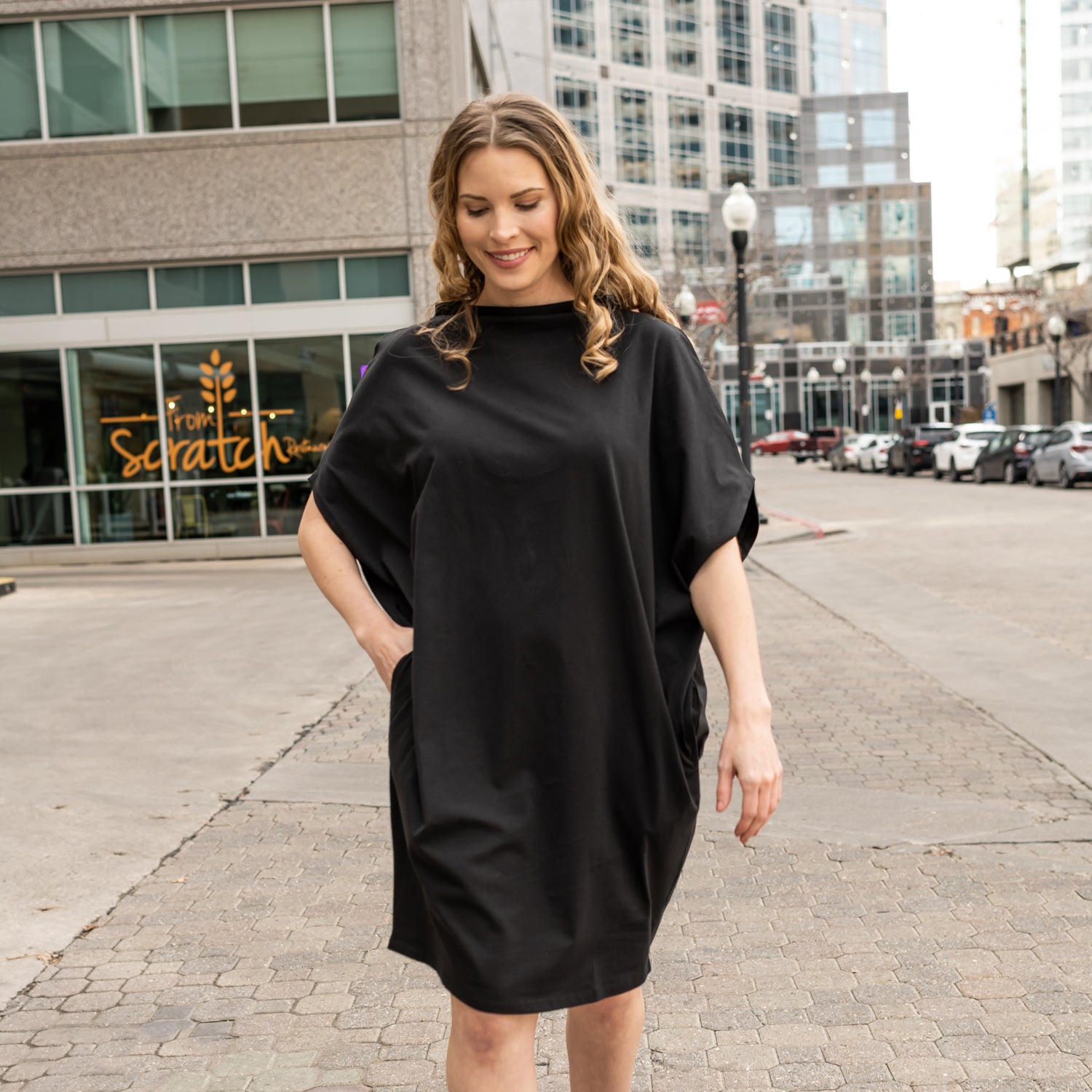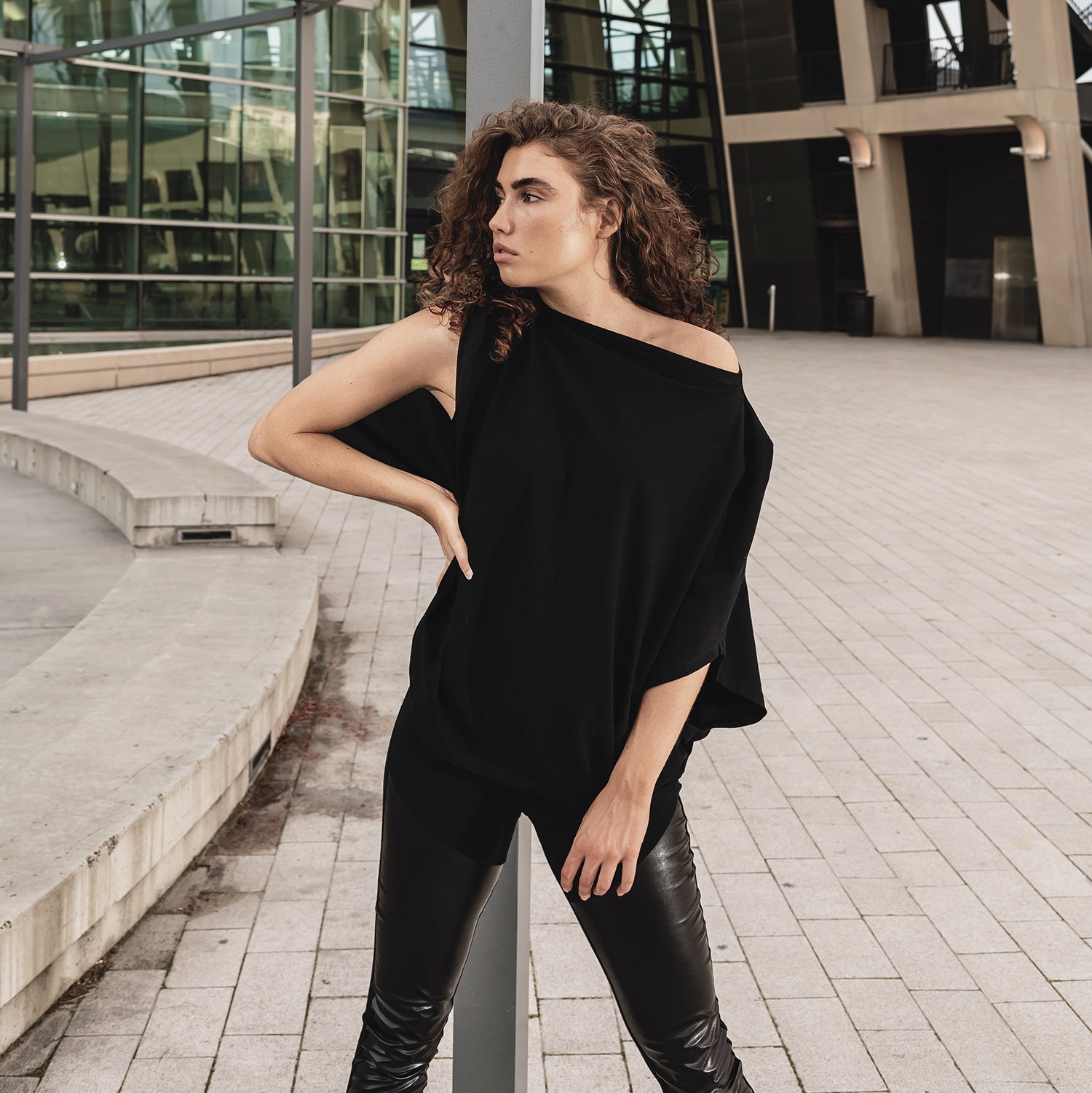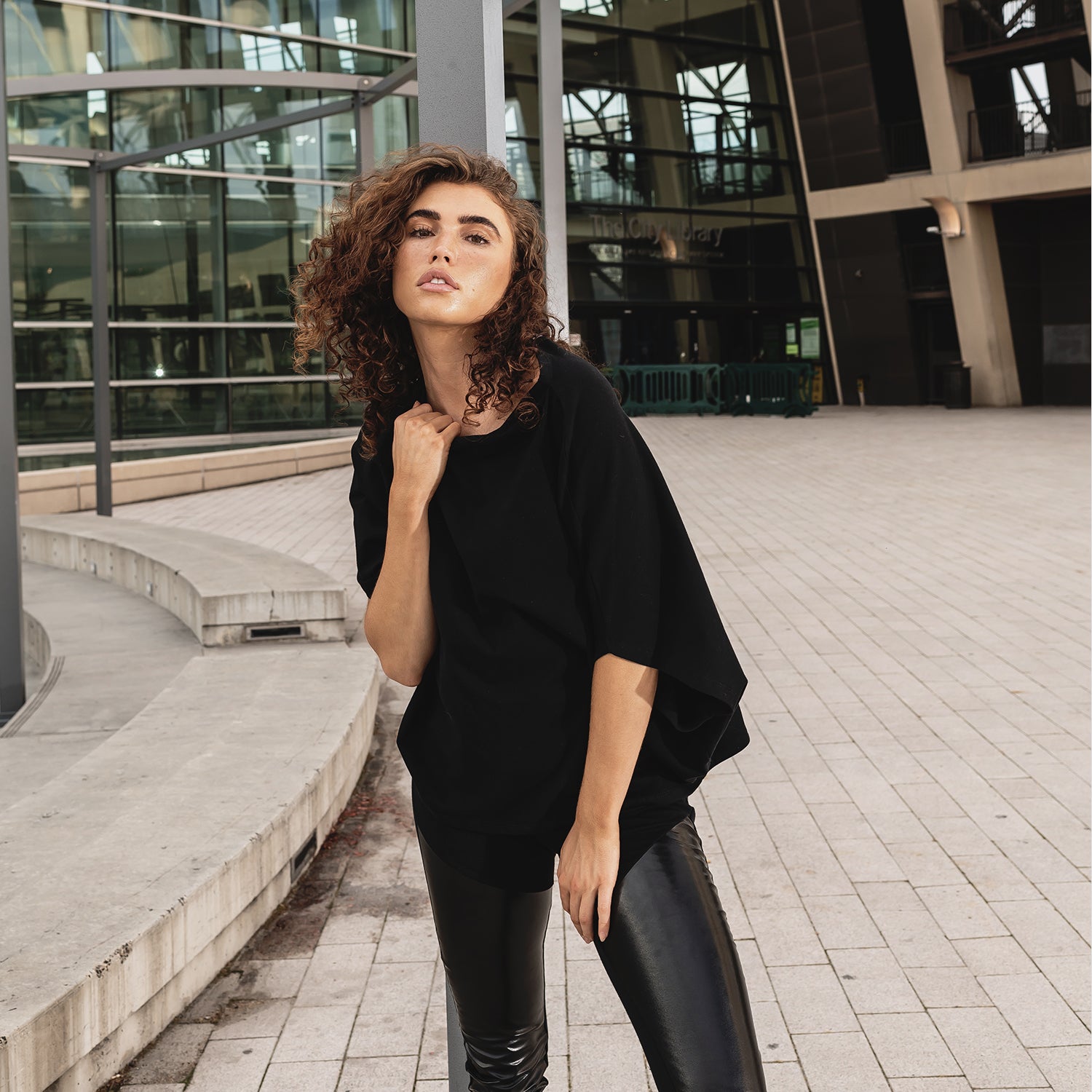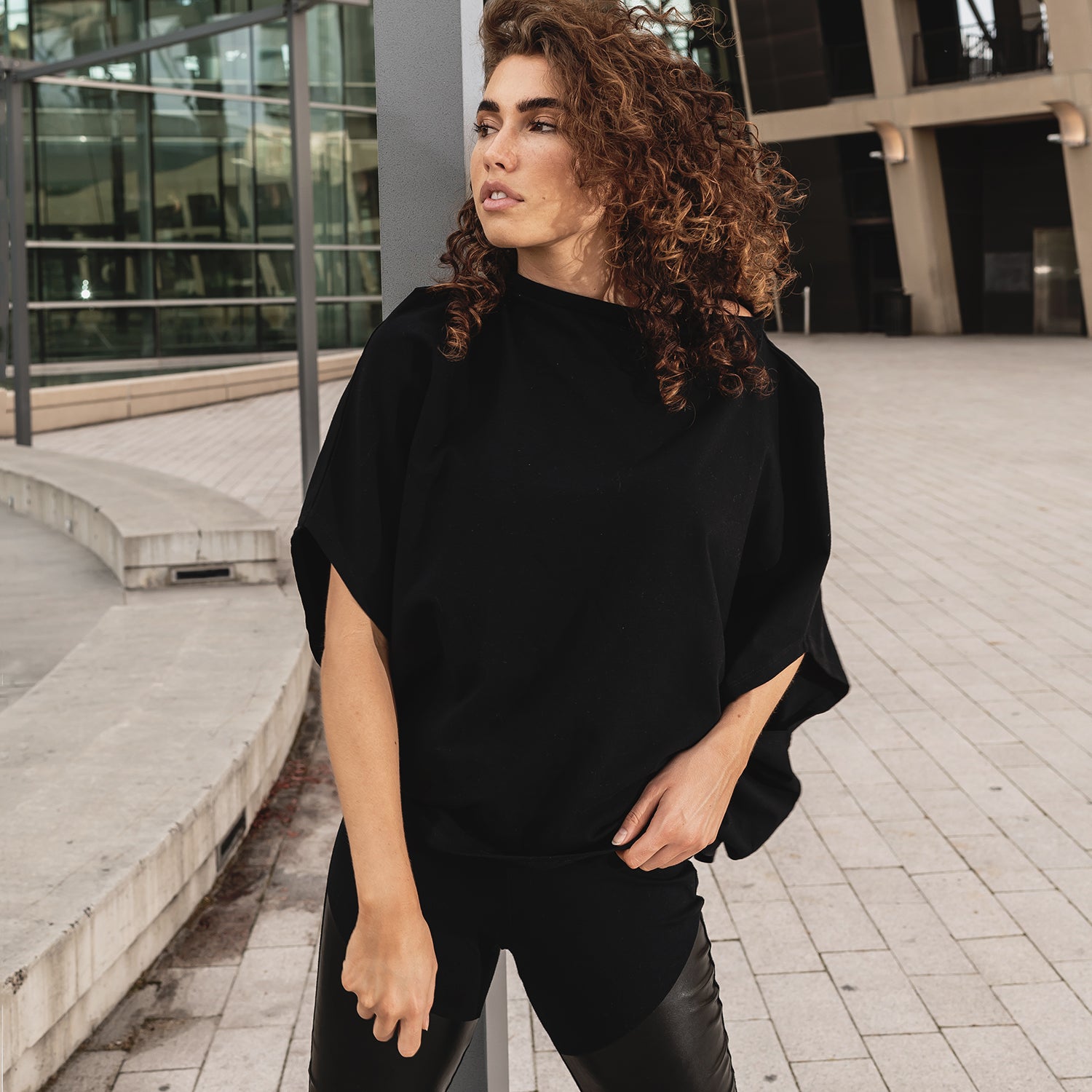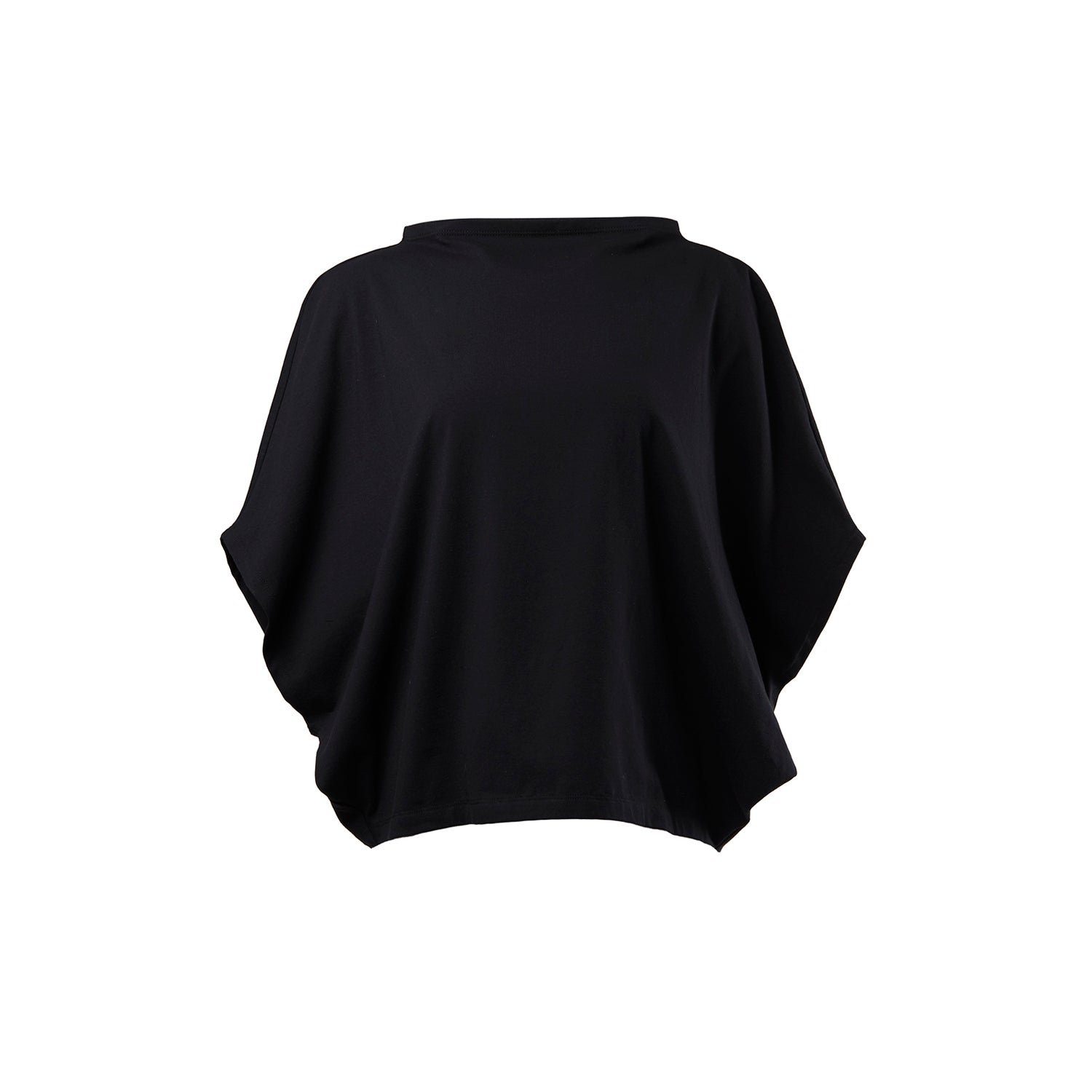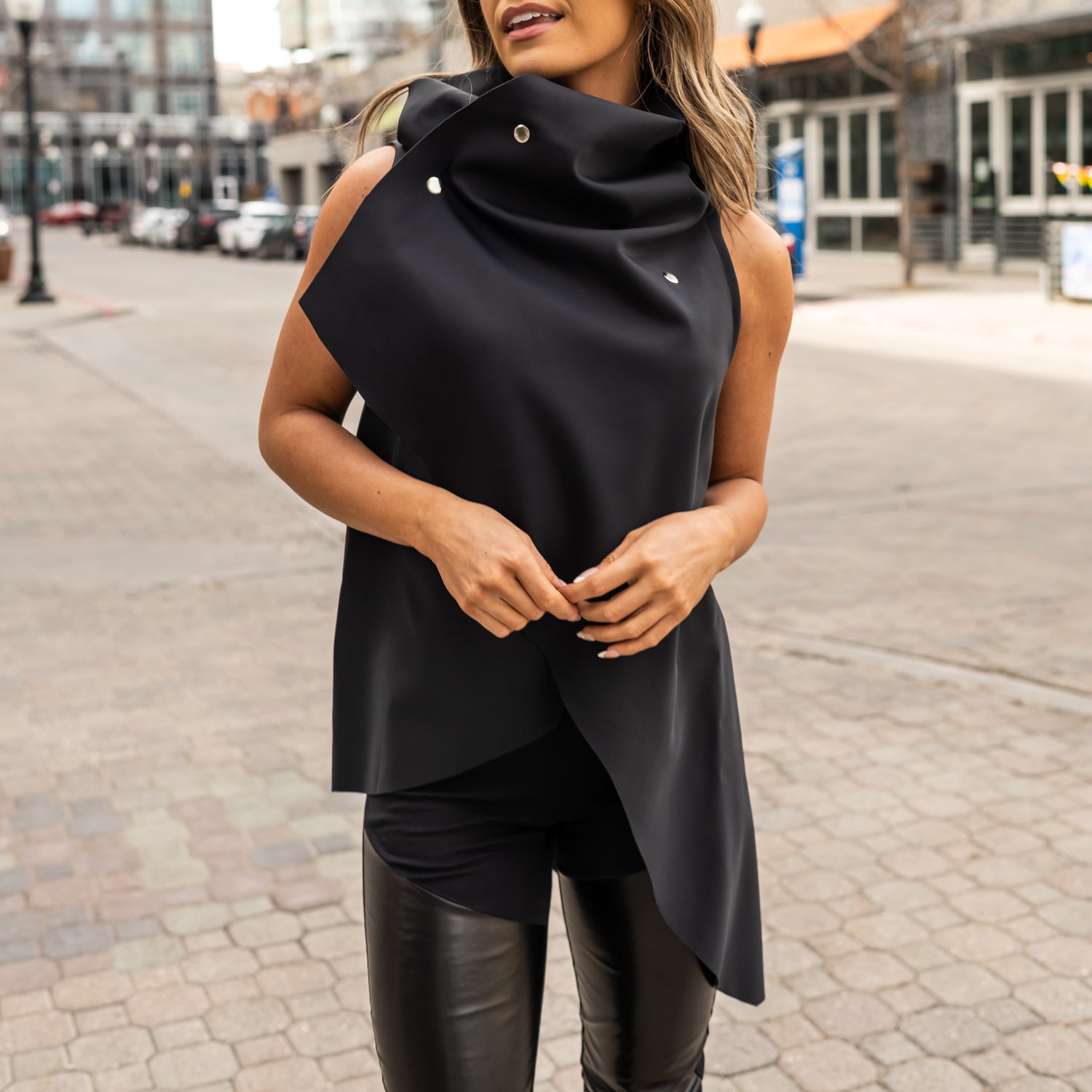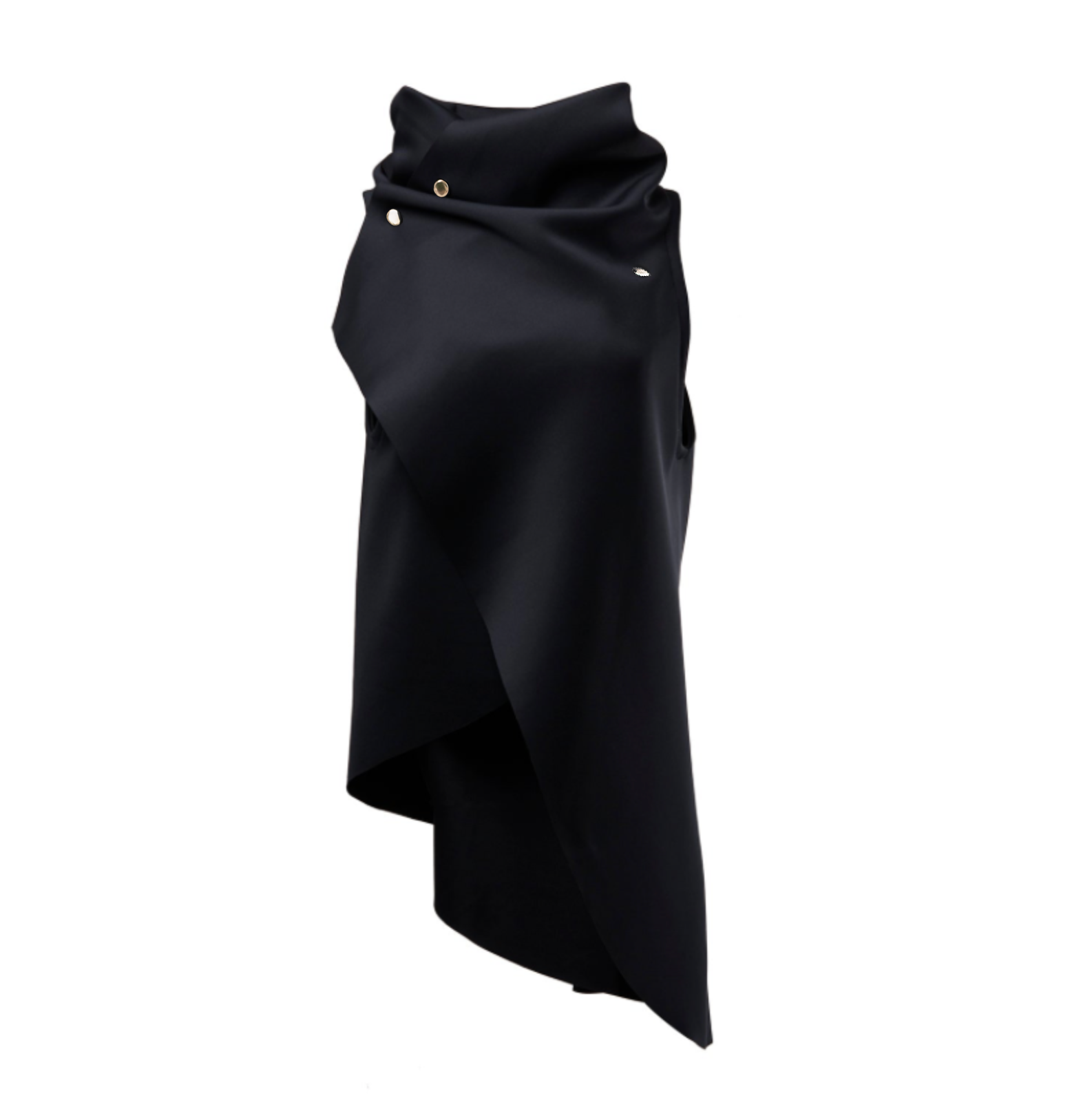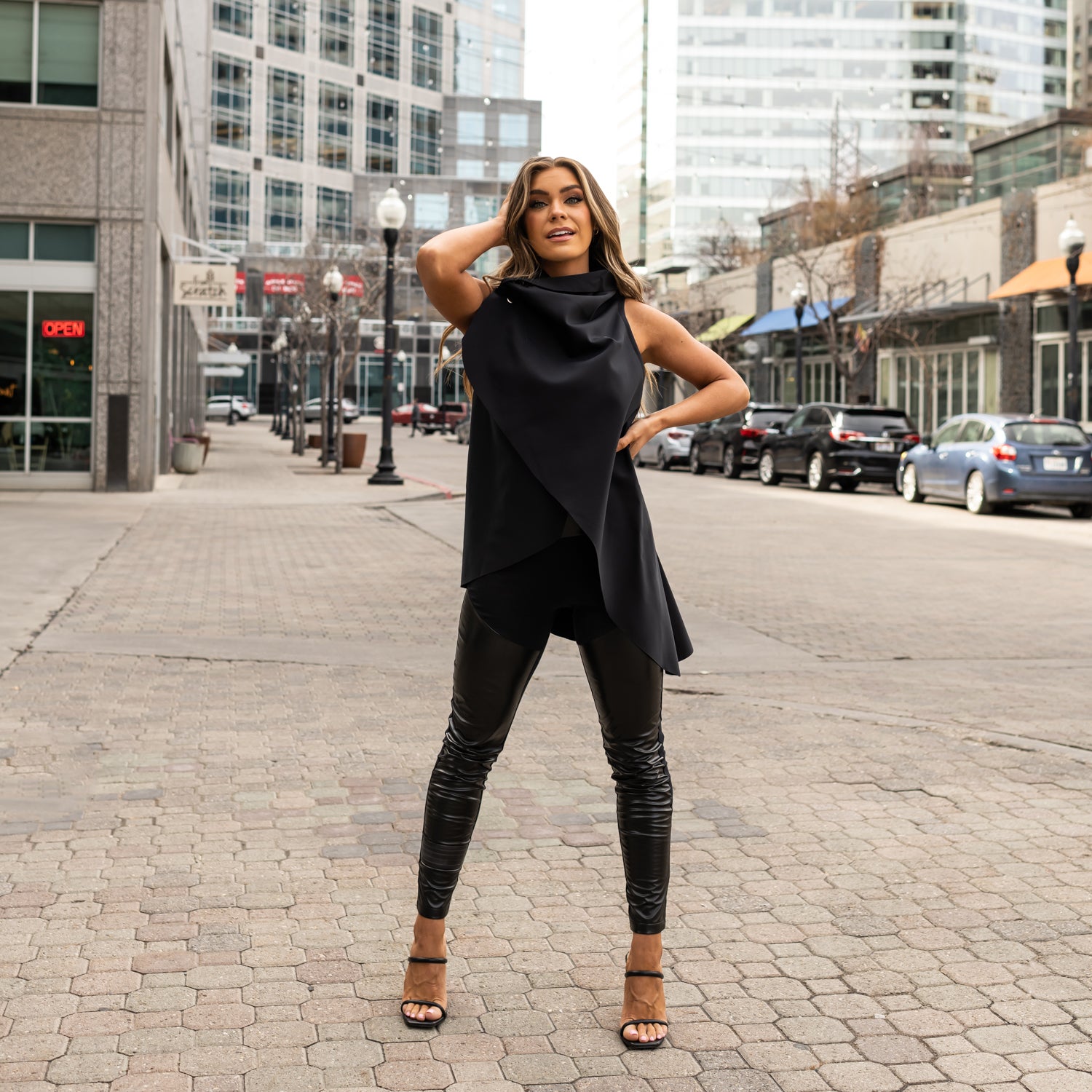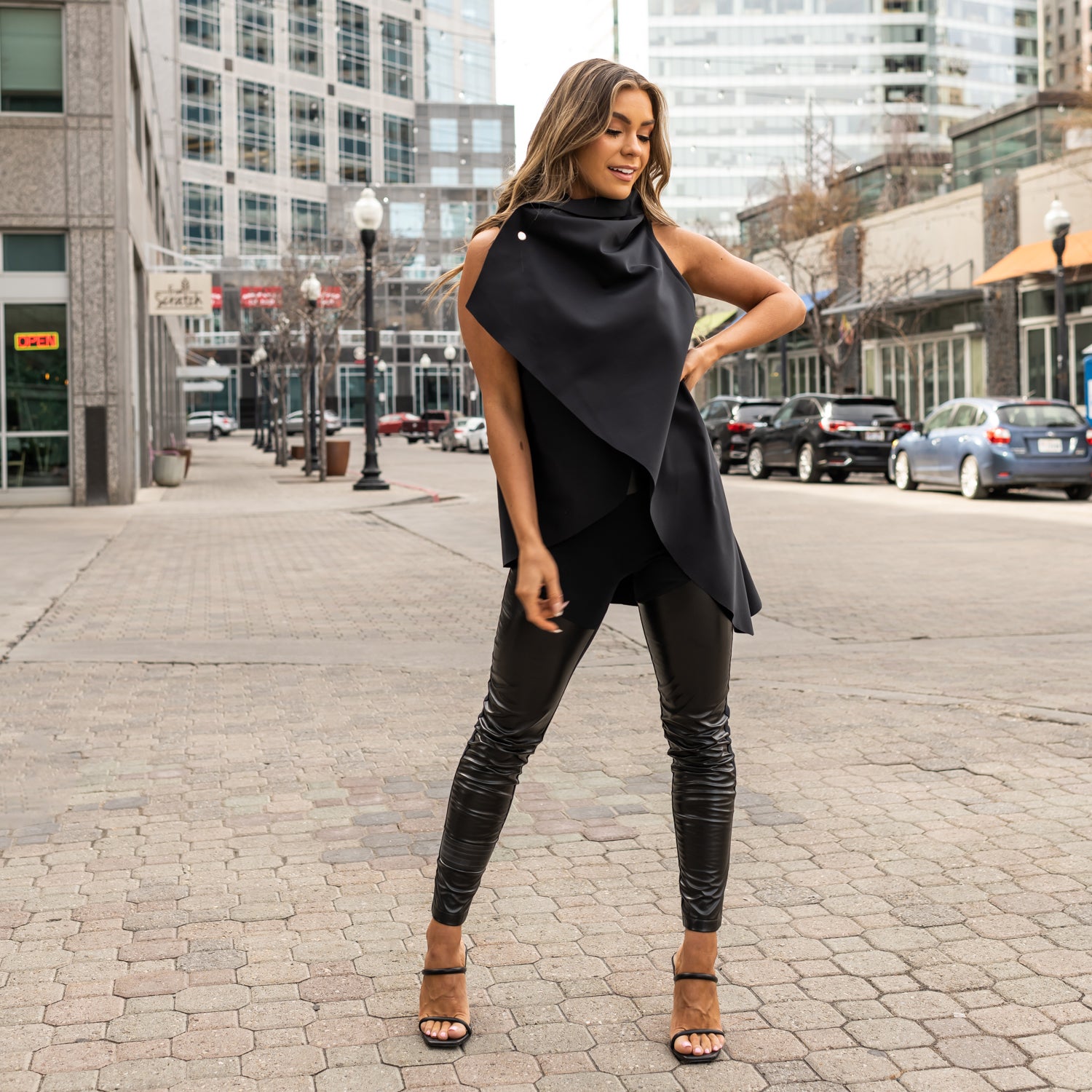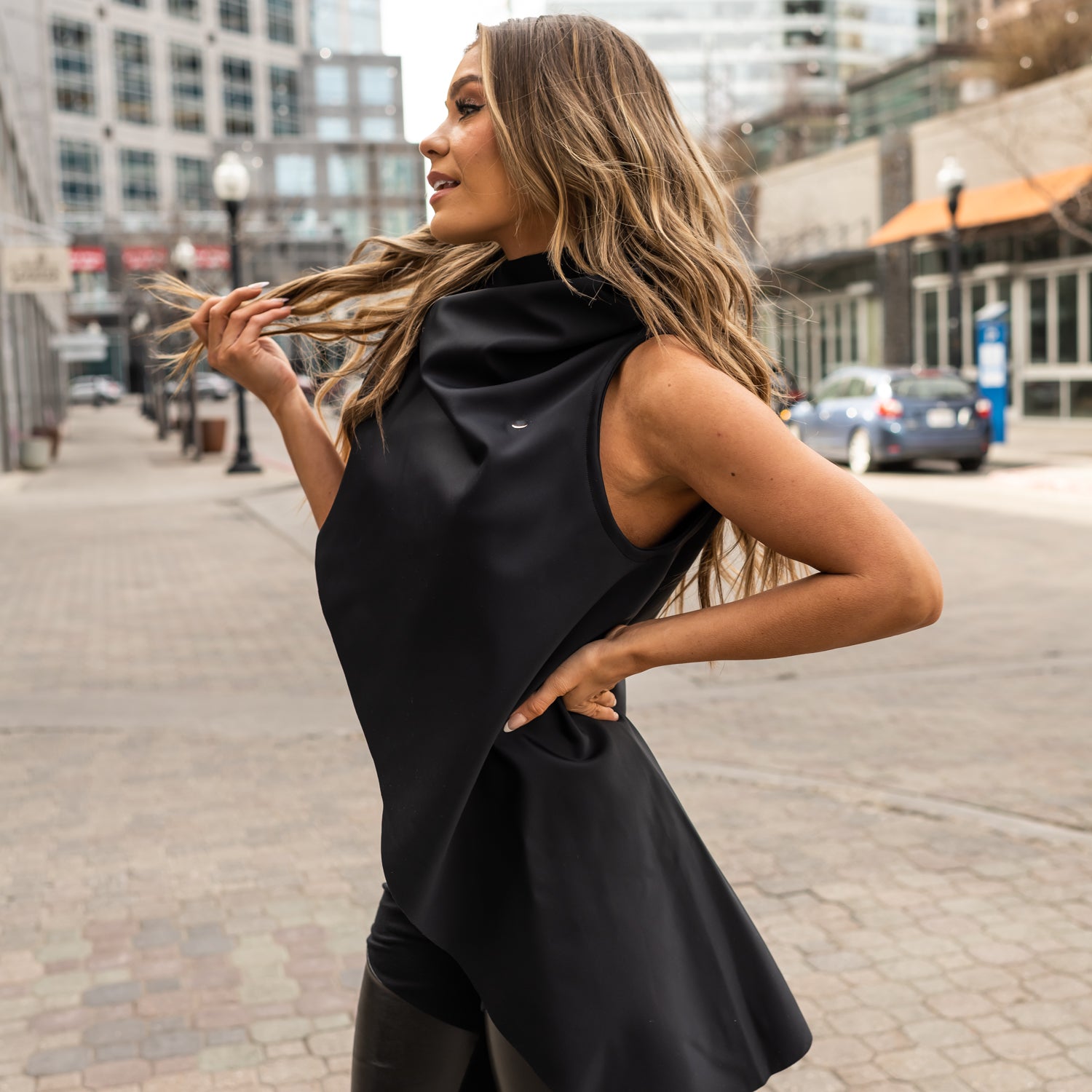
Author: Morgane Nyefler
More than any other industry, fashion has a waste problem. From fast-fashion brands to luxury labels, most companies are accumulating leftover fabric, textile scraps, and unsold stock in their warehouses, which become a burden difficult to dispose of.
The market for cheap and low-quality items continues to grow as consumers in the UK bought almost twice as many garments in 2019 as they did in 2005. While people are continuously in search of newness, they tend to keep their garments for half as long as they did at the beginning of the century, which results in 85 percent of textiles going to landfills each year – enough to fill the Sydney harbour annually according to the World Resources Institute.
The good news is sustainability and zero-waste living are a fast-growing trends amongst consumers who are becoming aware of our global waste and plastic pollution crises. This can be seen from simple low waste alternatives replaced in our daily lives to looking for zero waste fashion and asking brands about their waste management.
What is Zero Waste fashion?
Similar to a zero-waste lifestyle, zero-waste fashion is about finding new ways of reusing existing materials, designing products in a circular system and leaving no trash behind at the end of the production cycle. New technology or materials have little to do with this sustainable approach that forces designers to rethink existing techniques to design out waste. Zero-waste fashion isn’t just an afterthought to recycle scraps but has to be implemented at the design and production stage for existing materials to be used to their full capacity.
Compared to other zero-waste products such as reusable water bottles or coffee cups that are made from eco-friendly materials to help consumers avoid single-use, zero-waste fashion is more about how the fashion items are produced and sourced, addressing waste before it reaches the customer.
There are two approaches to consider when creating a zero-waste garment:
- Zero Waste Design where designers can use special pattern-cutting techniques to reduce or eliminate textile waste.
- Zero Waste Production where designers reuse excess fabric from garment production for new pieces or smaller accessories.
How can brands achieve Zero Waste?
The first action designers can take is creating the perfect zero-waste garment at the design . This means fitting all the pieces of a clothing pattern together like a jigsaw puzzle and becoming creative by inventing new garment shapes that won’t generate leftovers. Knowing about 15 per cent of the fabric is discarded when a typical garment is made, producing a large number of clothes can have devastating environmental consequences. This clever cutting approach, which is now also being improved with technologies like 3D printing and virtual simulation, is the most efficient way to avoid waste altogether.
If waste can really not be prevented, brands can also upcycle their leftover fabric to create new garments or accessories. Scrunchies, bags and face masks are a great way to turn leftovers into desirable items and there’s a lot to be done by deconstructing old sweaters and refashioning the yarn into new essentials.
Beyond reducing their own waste, fashion brands can also reuse deadstock fabric discarded by big garment factories or upcycle post-consumer materials that would otherwise go to landfills. To become fully circular, brands also need to look at sustainable and zero-waste packaging to deliver their items to customers, as much as using renewable energy throughout their supply chain. Indeed, being a zero-waste brand is a holistic approach that involves changing wasteful practices from start to finish.
Examples of Zero-Waste brands
Ecoalf
When it comes to recycling, Spanish label Ecoalf is a pioneer in the field. Started in 2009, it produces garments and accessories from 100 percent recycled materials such as ECONYL® regenerated nylon, post-industrial cotton, worn-out tires and even used coffee grinds among many others, as well as recycled paper for its packaging. Every garment is crafted with the highest levels of quality and the team manages the entire supply chain from waste collection to recycling technologies, design and retail.
Malaika New York
Designer Malaika Boysen Haaning founded her eponymous label by putting zero-waste concepts at the centre of her work. She uses innovative sewing techniques and strategically drapes the fabric to minimise waste, resulting in versatile pieces crafted from upcycled textiles and innovative regenerable materials such as ECONYL yarn and bike tubes. And for every purchase made, the label plants a tree to reforest East Africa in collaboration with The Canopy Project.
Zero Waste Daniel
Daniel is a New York-based innovator and clothing designer helping major brands achieve zero-waste production. Thanks to his ReRoll technique, he creates unique fashion pieces in a closed loop system by applying ‘the art of sewing’ to the fashion industry’s waste. In addition to recycling pre-consumer waste into genderless clothing, the designer is also encouraging zero-waste living and keeps his workshop in Brooklyn open to the public for maximum transparency.
How can we reduce our fashion waste as individuals?
In order to really make a positive impact on the planet, consumers are as much responsible for the afterlife of a garment than fashion brands. The best way to avoid clothes from ending up in landfills is to invest in good quality items and care for them as long as possible. Read the new book Loved Clothes Last by Fashion Revolution’s co-founder Orsola de Castro to learn how to make your clothes last longer.
Once your garments have reached their end of life, you can either donate them to charity or through programs like Traid if they are still in good conditions and can help people in need. Otherwise, recycle them at one of your favourite brand’s take-back location that will send old threads to companies such as Renewcell who takes care of breaking cotton and viscose fibres and transforming them into a new, biodegradable material.
And when you’re thinking of buying something new for your wardrobe, turn to thrift shops and second-hand online platforms such as Depop that ships pre-loved items around the world while offsetting its carbon emissions. Or why not try zero-waste hobbies such as knitting or quilting? British brand Wool And The Gang for example offers coveted knitted kits from beginner to advanced levels.
Find the article here: https://www.econyl.com/blog/what-is-zero-waste-and-how-can-we-reduce-reuse-and-recycle/






